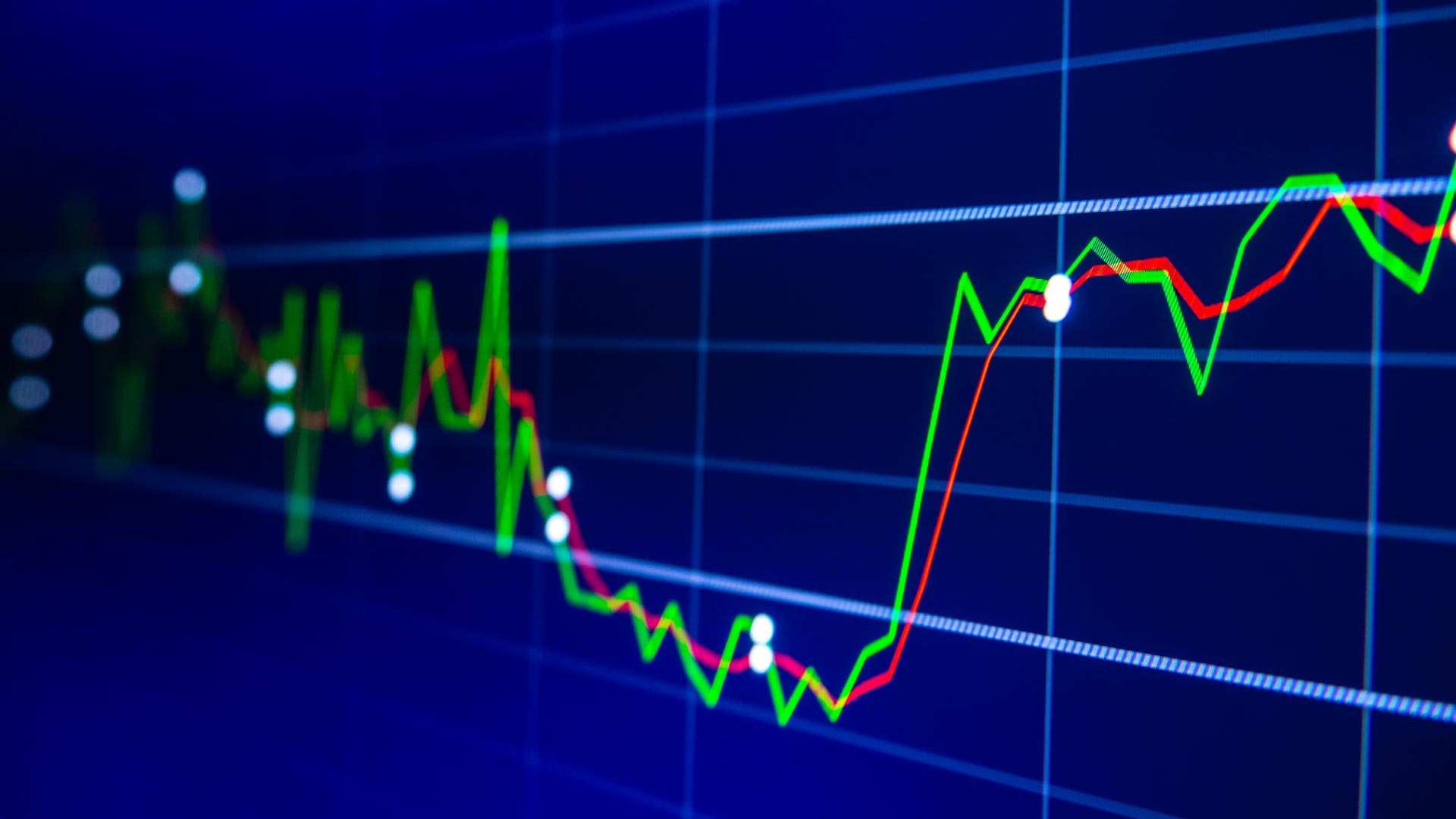
Data acquisition (DAQ) is a cornerstone of test and measurement processes, enabling the collection and analysis of data to ensure accurate results and valuable insights. From applications in scientific research to industrial manufacturing, understanding data acquisition’s fundamentals and applications is crucial for optimizing processes and making informed decisions.
What is Data Acquisition?
Data acquisition involves collecting and converting physical signals into digital data for analysis. This consists of capturing signals from sensors or transducers and converting them into a digital format that can be reviewed and processed. DAQ systems are critical in many fields because they provide real-time monitoring and data recording.
Data acquisition systems (DAQ) are indispensable in scientific research. They enable researchers to gather data from experiments and observations, whether studying subatomic particles or monitoring wildlife migration patterns. DAQ systems provide the tools to capture, analyze, and interpret data, leading to groundbreaking discoveries and advancements.
In industrial settings, data acquisition systems are equally vital. Manufacturing processes demand precise monitoring and control to ensure product quality and consistency. By utilizing DAQ systems, manufacturers can collect real-time data on temperature, pressure, and flow rates, allowing for adjustments and process optimization. This real-time data collection enhances efficiency and product quality, reducing downtime and waste.
Key Components of Data Acquisition Systems
Sensors and transducers are the frontline components of any DAQ system. Sensors detect environmental changes and convert physical quantities like temperature, pressure, voltage, and current into electrical signals. Transducers convert energy from one form to another, enabling precise measurements and control.
Data acquisition hardware includes devices that connect to sensors or transducers to convert analog signals into digital data. This hardware comprises signal conditioning modules, amplifiers, filters, multiplexers, and analog-to-digital converters (ADCs). These components ensure accurate signal measurement and conditioning for further processing.
Data acquisition software bridges the gap between hardware and user. It enables data visualization, analysis, and system control. With a user-friendly interface, data acquisition software allows users to configure the system, set up acquisition parameters, and record and analyze data. Advanced features like data logging, event triggering, and alarm notifications enhance functionality and data management efficiency.
Types of Data Acquisition Systems
Standalone DAQ systems are self-contained units that operate independently without external devices like computers. These systems are portable and ideal for environments without a computer. In industrial applications, standalone systems can monitor and record high voltage, current, power, and control signals, identifying issues quickly through continuous monitoring.
Computer-based DAQ systems utilize a computer for control and processing. These systems consist of a data acquisition board or module connected to the computer’s interface and software for configuration and data analysis. They offer flexibility, scalability, and advanced capabilities, making them ideal for complex applications like scientific research and vehicle testing in the automotive industry.
